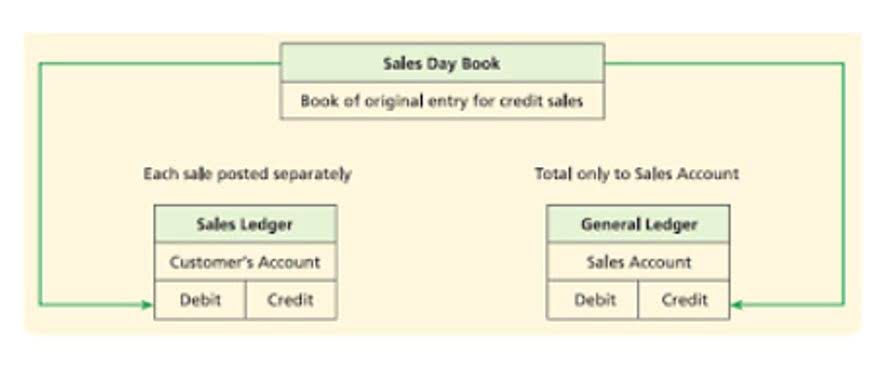
In both cases, they have to pay interest to their creditors as well as bondholders. By contrast, debt and equity issuances are shown as positive inflows of cash, since the company is raising capital (i.e. cash cash flow from financing activities proceeds). And if you agree to any short-term borrowings, you’ll have an accurate tally of your cash balance. Whether you have long-term debts, the cash impact on your business needs constant supervision.
- Financing activities are issuing and repaying debt, as well as issuing and buying back equity.
- Creditors are interested in understanding a company’s track record of repaying debt, as well as understanding how much debt the company has already taken out.
- With the indirect method, you look at the transactions recorded on your income statement, then reverse some of them in order to see your working capital.
- For investors, the CFS reflects a company’s financial health, since typically the more cash that’s available for business operations, the better.
- For example, if you calculate cash flow for 2019, make sure you use 2018 and 2019 balance sheets.
- For example, using cash from financing activities to purchase assets such as property or equipment would lead to a negative cash flow from investing activities.
What is negative cash flow?
If the starting point profit is above interest and tax in the income statement, then interest and tax cash flows will need to be deducted if they are to be treated as operating cash flows. Clearly, the exact starting point for the reconciliation will determine the exact adjustments made to get down to an operating cash flow number. Having negative cash flow means your cash outflow is higher than your cash inflow during a period, but it doesn’t necessarily mean profit is lost. Instead, negative cash flow may be caused by expenditure and income mismatch, which should be addressed as soon as possible. Essentially, the accountant will convert net income to actual cash flow by de-accruing it through a process of identifying any non-cash expenses for the period from the income statement. The most common and consistent of these are depreciation, the reduction in the value of an asset over time, and amortization, the spreading of payments over multiple periods.

The Role of Financial Planning in Managing Cash Flows Effectively.
- Investors are interested in understanding where a company’s cash is coming from.
- This is an ideal situation to be in because having an excess of cash allows the company to reinvest in itself and its shareholders, settle debt payments, and find new ways to grow the business.
- One can find these transactions in the company’s Income statement on the debit side.
- In accounting, investment activities refer to the purchase and sale of long-term assets and other business investments, within a specific reporting period.
- Cash-out items are those changes caused by the purchase of new equipment, buildings, or marketable securities.
If you’re an investor, this information can help you better understand whether you should invest in a company. If you’re a business owner or entrepreneur, it can help you understand business performance and adjust key initiatives or strategies. If you’re a manager, it can help you more effectively manage budgets, oversee your team, and develop closer relationships with leadership—ultimately allowing you to play a larger role within your organization. Automate manual processes, generate accurate forecasts, reduce errors, and gain real-time visibility into your cash position to maximize your cash flow.
Indirect Cash Flow Method

Cash flow from investing activities is a major component of the cash flow statement. The cash flow statement is one of the four annual financial statements prepared by companies at the end of the year. Cash flow statements are important as they provide critical information about the cash inflows and outflows of the company. This information is important in making crucial decisions about spending, investments, and credit.

Is there any other context you can provide?
The CFF is on a company’s cash flow statement, which is typically released on a quarterly basis. The CFF is important to investors because it shows how a company is funding its operations and growth. A company with positive cash flow from financing activities is in good financial health.
- Are you interested in gaining a toolkit for making smart financial decisions and the confidence to clearly communicate those decisions to key internal and external stakeholders?
- The most common and consistent of these are depreciation, the reduction in the value of an asset over time, and amortization, the spreading of payments over multiple periods.
- Of these, the cash flow statement presents a substantial understanding of a company’s financial health.
- Let’s take a closer look at what cash flow statements do for your business, and why they’re so important.
- Companies typically use a combination of debt and equity to fund their business and try to optimize their Weighted Average Cost of Capital (WACC) to be as low as possible.
Cash Flow Statement (CFS) FAQs

The following is an excerpt from the Hindustan Unilever Limited cash flow statement highlighting the CFF portion for the Financial Year 2017 – 18. Let’s say we’re creating a cash flow statement for Greg’s Popsicle Stand for July 2019. If we only looked at our net income, we might believe we had $60,000 cash on hand. In that case, we wouldn’t truly know what we had to work with—and we’d run the risk of overspending, budgeting incorrectly, or misrepresenting our liquidity to loan officers or business partners.
Statement of Cash Flows Example
Inflows may include loans from banks, issuance of bonds, and securities, while outflows may include loan repayments, payment of dividends, and other financing transactions. When building a financial model in Excel, it’s important to know how the cash flow from financing activities links to the balance sheet and makes the model work properly. As you can see in the screenshot below, the financing section is impacted by several line items in the model. Since this example is from a Leveraged Buyout (LBO) model, it has significant long-term debt, and that debt is repaid as quickly as possible each year.
Cash Flow From Investing Activities: Definition
To summarize other linkages between a firm’s balance sheet and cash flow from financing activities, changes in long-term debt can be found on the balance sheet, as well as notes to the financial statements. Dividends paid can be calculated by taking the beginning balance of retained earnings from the balance sheet, adding net income, and subtracting out the ending value of retained earnings on the balance sheet. This equals dividends paid during the year, which is found on https://www.bookstime.com/articles/professional-bookkeeping-service the cash flow statement under financing activities. Though cash flow statements include plenty of helpful information, they alone will not tell you a company’s entire financial picture. For example, if you look at a company’s balance sheet from one year to the next and see its cash assets went from $1 million to $500,00, at first glance, this could look alarming. The final category on the balance sheet shows all cash transactions that had to do with financing activities.
